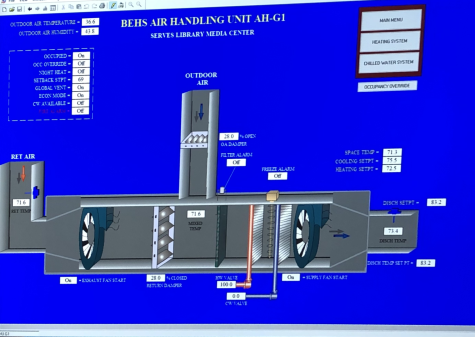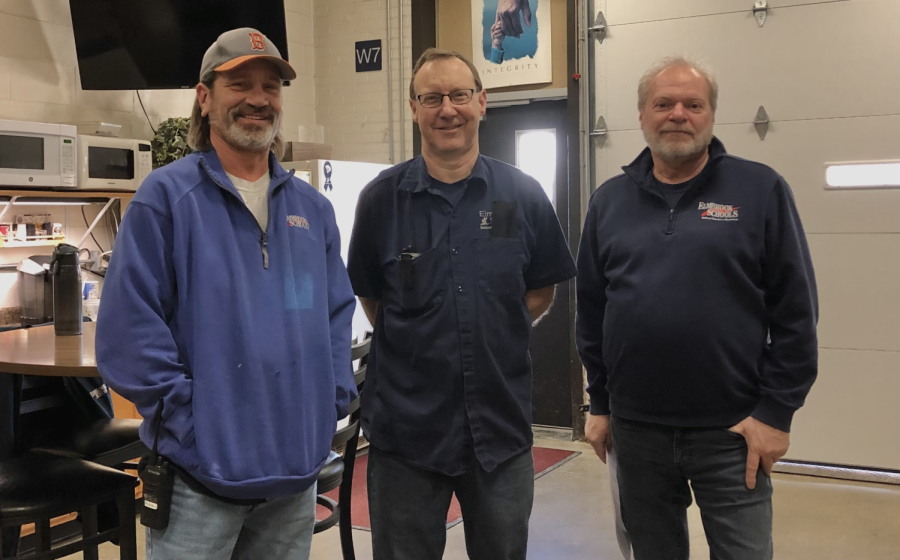The Crazy Classroom Climates of Brookfield East
March 29, 2022
From burning desserts to cold tundras, the classrooms at Brookfield East can vary in their average temperature. In one classroom you might find yourself bundled up in your bulkiest puffer coat, and in the other, you’re sweating your socks off.
Adequate classroom temperatures are an important factor in creating a stable learning environment. Schools with inadequate HVAC systems become vulnerable to environmental hazards like carbon monoxide and mold. Not to mention, proper HVAC systems can even impact student performance.
Let’s take a look at how the heating, venting and air conditioning (HVAC) system works at Brookfield East.
 The temperature setpoint for classrooms around the school depends on the time of day and the season. Shop classrooms and the fieldhouse are kept at slightly lower temperatures and the pool room is set to a slightly higher temperature. With those exceptions aside, around this time of the year, the setpoint is at 70°F.
The temperature setpoint for classrooms around the school depends on the time of day and the season. Shop classrooms and the fieldhouse are kept at slightly lower temperatures and the pool room is set to a slightly higher temperature. With those exceptions aside, around this time of the year, the setpoint is at 70°F.
Mrs. Tlemsani, the head of the computer science department, explains that the overall temperature of her classroom is comfortable.
Although the temperature of a classroom may seem insignificant, the right temperature can significantly impact learning. Dunn and Dunn of LearningStyles.net say that when temperatures are too hot or too cold, the brain is constantly reminding the body to regulate that condition. Because of constant brain interruption, it is hard for the student to stay focused. As we all know from living in Wisconsin, changing seasons and temperatures can lead to all sorts of complications outside of the classroom too. (Check out our article “Winter Blues: Everything You Need to Know About Seasonal Affective Disorder” to learn more).
Thanks to the facilities team at BEHS, we can have a functioning HVAC system that keeps us warm during the harsh winters of Wisconsin. After working here for almost 40 years, Richard Boesel, the facilities manager explains that temperature fluctuations are a normal occurrence, and if students and staff feel like the temperature of their classroom is not right, he is open to making adjustments.



